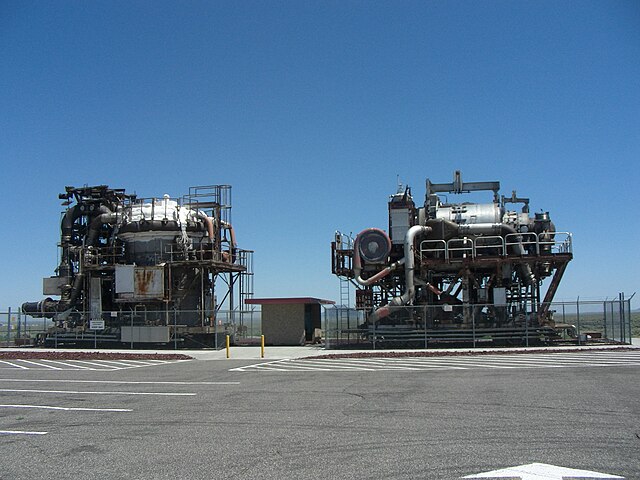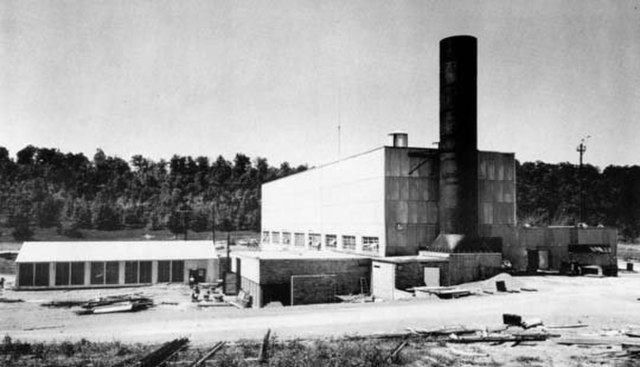The Convair NB-36H was an experimental aircraft that carried a nuclear reactor to test its protective radiation shielding for the crew, but did not use it to power the aircraft. Nicknamed "The Crusader", it was created for the Aircraft Nuclear Propulsion program, to show the feasibility of a nuclear-powered bomber. Its development ended with the cancellation of the ANP program.
Convair NB-36H
An underside view of the aircraft
The NB-36H in flight. Note the 2 pods; each was mounted near the wingtips of the aircraft and both carried two GE J47 jet engines each.
Aircraft Nuclear Propulsion
The Aircraft Nuclear Propulsion (ANP) program and the preceding Nuclear Energy for the Propulsion of Aircraft (NEPA) project worked to develop a nuclear propulsion system for aircraft. The United States Army Air Forces initiated Project NEPA on May 28, 1946. NEPA operated until May 1951, when the project was transferred to the joint Atomic Energy Commission (AEC)/USAF ANP. The USAF pursued two different systems for nuclear-powered jet engines, the Direct Air Cycle concept, which was developed by General Electric, and Indirect Air Cycle, which was assigned to Pratt & Whitney. The program was intended to develop and test the Convair X-6, but was canceled in 1961 before that aircraft was built. The total cost of the program from 1946 to 1961 was about $1 billion.
HTRE-2, left, and HTRE-3, right, on display at the Experimental Breeder Reactor I facility
Aircraft Reactor Experiment building at Oak Ridge National Laboratory
The NB-36H in a test flight, shadowed by a Boeing B-50 Superfortress
HTRE-3.






